This is the third blog post in my gardening series. Modern victory gardens are sprouting up in response to COVID-19, and plants are in high demand. This post focuses on some stranger options, which may be easier to find at this time than well-known varieties.
Serviceberry: This native plant has beautiful white flowers and tasty blue berries. Now that I know what to look for, I’ve found them growing wild by a pond near my house and growing as edible ornamentals outside my Market Basket. My serviceberry (a “Regent” variety that tops out at 6 feet) isn’t super productive yet, but it’s pretty. No pruning or disease trouble to report. Simple netting can protect the berries from hungry birds.
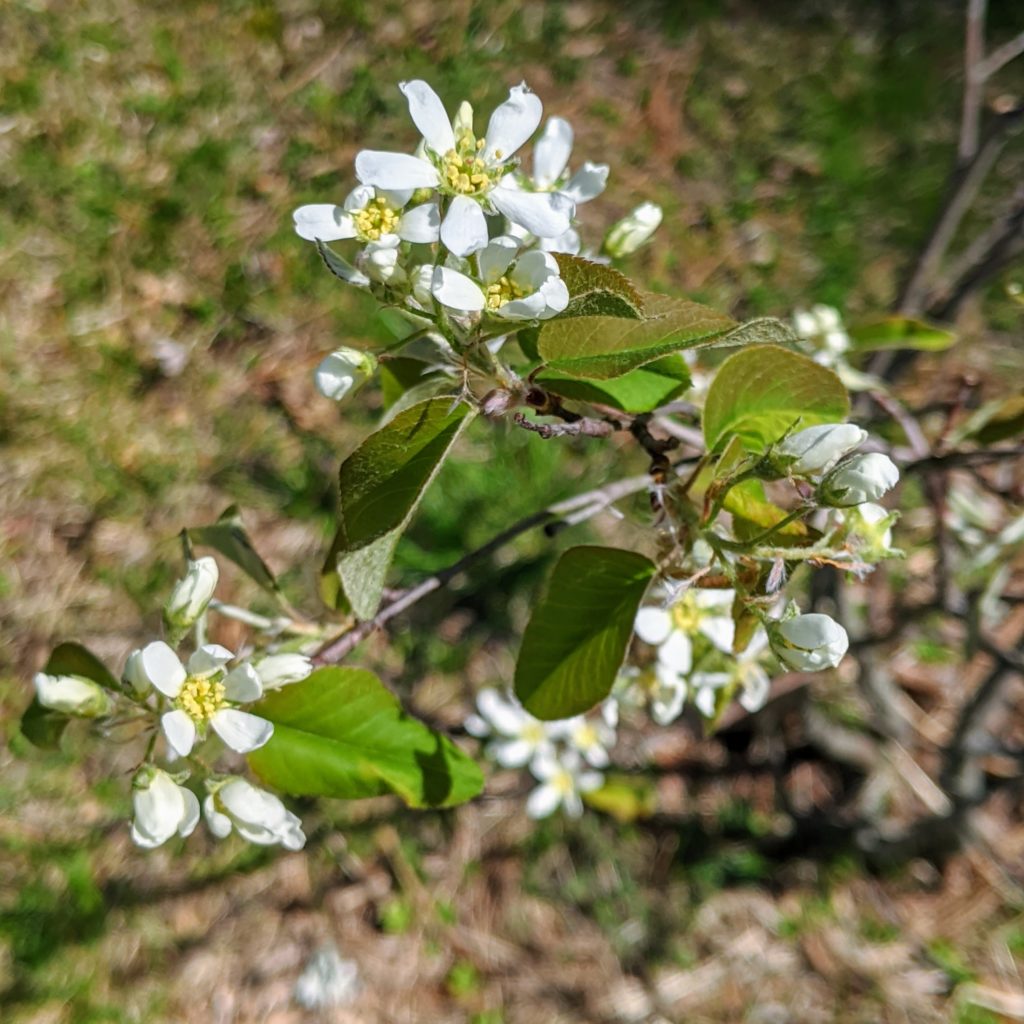
Pawpaw: Pawpaws are having a renaissance. These native fruits are allegedly good for fresh eating, smoothies, ice cream, and even for brewing beer. I write “allegedly” because I’ve never eaten one or consumed it in any of those forms.
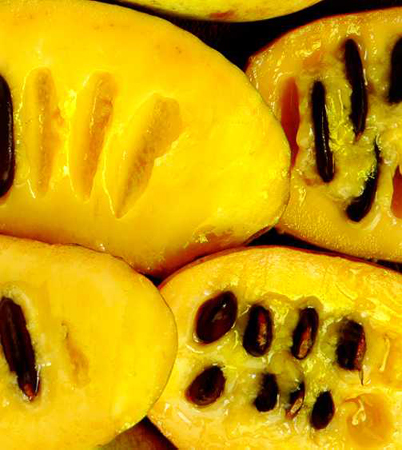
I planted pawpaw bare root trees a few years ago, but rabbits readily mowed them down. A simple wire cage protects the new replacement tree. Pawpaws can produce fruit in part shade, so it’s easier to find some space for them if sunlight is at a premium in your yard. Keep in mind they do need a genetically different pawpaw for pollination. (My second tree, a “Prolific,” arrives in September.)
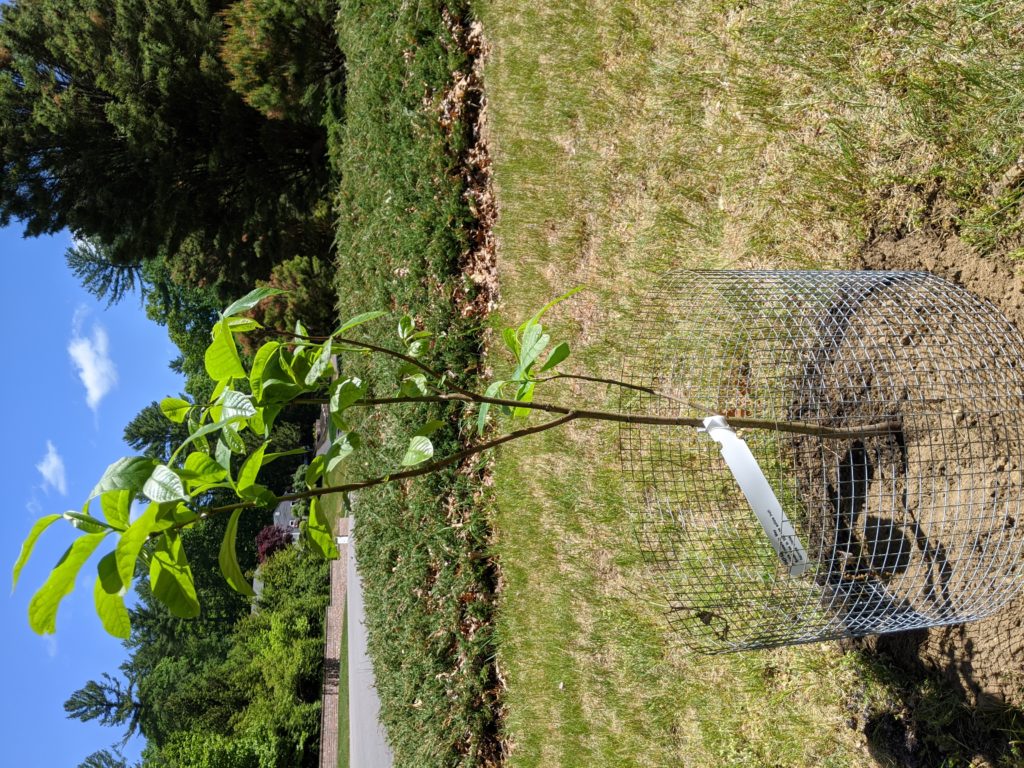
Mulberry: A neighbor has a mulberry tree that overflows with berries each summer. In our quest to produce enough berries to freeze and use throughout the winter, I decided to plant a black mulberry from a local nursery. Like most purple fruits, they have a high antioxidant level. I haven’t tasted one in decades. I do remember liking them as a kid. This Gardener’s Path article by Linsey Knerl has a lot of great advice about growing a mulberry tree.

Lingonberry: These small red berries (similar to a cranberry) are a Scandinavian favorite with many health benefits. They spread to form a pretty ground cover. I planted these in the same garden bed with rhododendron and blueberries because they all prefer acidic soil. The lingonberry plants have spread (not too much) and flowered; however, no berries yet. As long as they look nice and keep down the weeds, I’ll be patient about the berries.
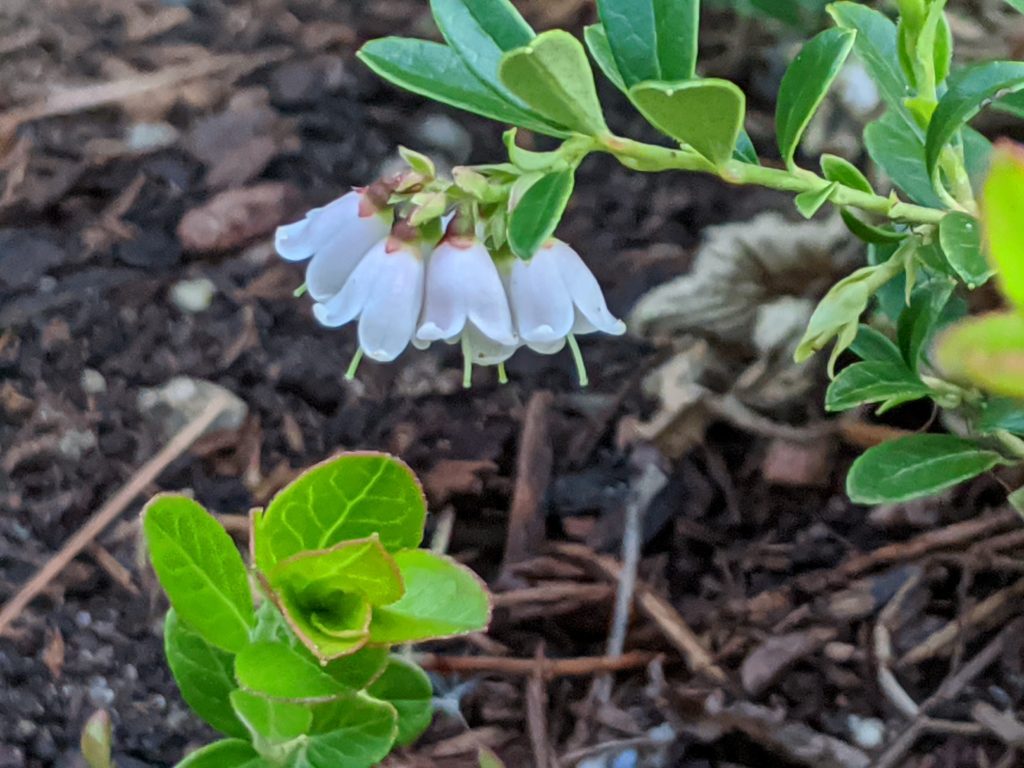
Persimmon: Persimmons have a smooth texture and a mild mango/orange flavor. Most persimmon plants won’t grow or thrive in my zone (5b); however, the Meader persimmon was bred in New Hampshire and does well here. I planted a bare root Meader persimmon last year. The tree is small right now (about 18 inches tall), so the jury’s out on its productivity. Fall webworms decimated the leaves last September. I picked them off and the tree came back nicely this spring. It shouldn’t need much care beyond pest removal. Meader persimmon is self-fertile; other varieties need a pollinator.
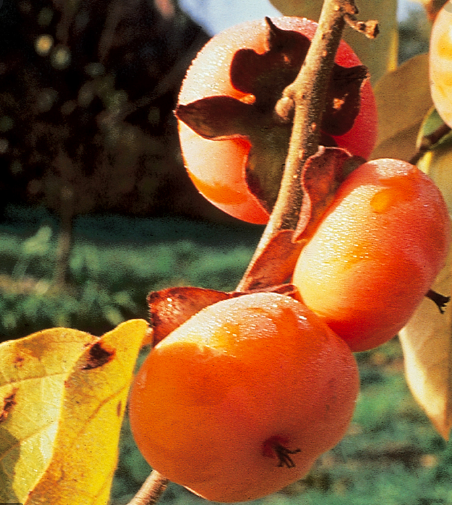
Good luck finding these weird and wonderful fruits at your local nursery or favorite mail order plant company. With a little bit of space (many can be successfully grown in pots), patience, and care, you can harvest the rewards and even live out that childhood dream of picking up pawpaws and putting them in a basket.



kdw1tn
It抯 truly a nice and helpful piece of information. I am happy that you shared this useful info with us. Please stay us informed like this. Thank you for sharing.
Keep functioning ,terrific job!
6a1sqw